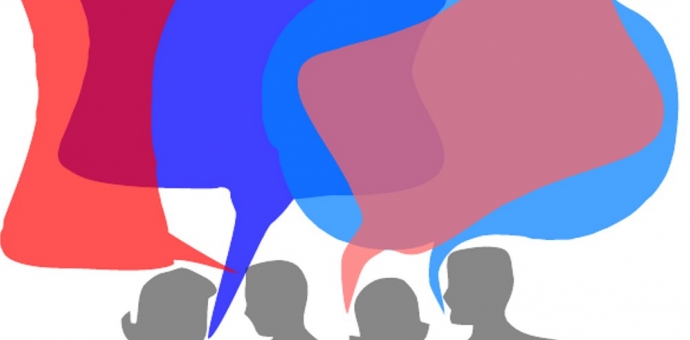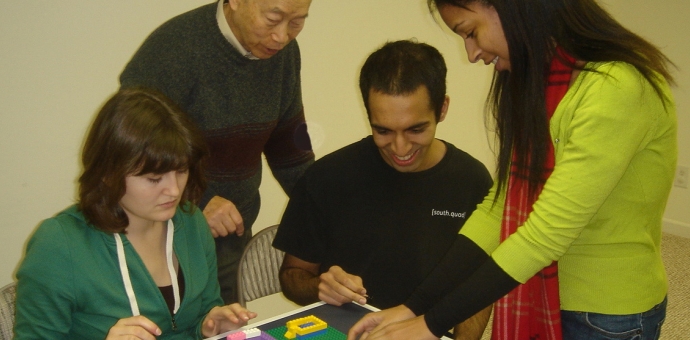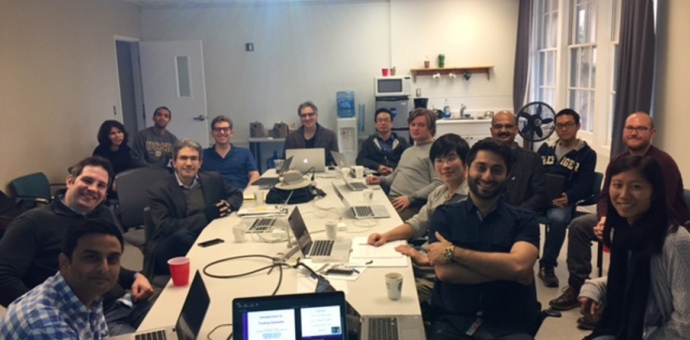Project Overview and Research Goals
The recent convergence of research in social and psychological sciences, dynamic and quantitative modeling, and network science has led to a re-examination of collective team behavior from a quantitative and systems-oriented viewpoint. Teams cannot be understood fully by studying their components (members) in isolation: team performance is not simply a sum of individual performances; and a diversity of opinions among members leads to better group outcomes. However, it is not yet understood how patterns of interactions and relationships among team members (i.e. team networks) impact performance. Understanding these patterns is critical, as the resolution of complex issues requires deliberative within-group interaction processes in which alternative courses of action are surfaced, evaluated, and acted upon.
With funding from the Army Research Lab under the Multi-disciplinary University Research Initiative (MURI), we propose three research thrusts:
- Build quantifiable informative models of teams as dynamical systems interacting over multiple networks;
- Analyze dynamic team behavior by developing rigorous models that relate interaction patterns and network evolution to task performance;
- Break new ground in team design by scaling teams to solve complex tasks (i.e. teams of teams), and advancing social science theories of team performance.
Team
This MURI brings together a multidisciplinary team from five universities to produce experimentally validated models, theories, and tools for optimizing team performance under different contexts and resource constraints.
- University of California, Santa Barbara
- Massachusetts Institute of Technology
- University of Southern California
- Northwestern University
Impact
Our research will accomplish the following:
- Enable leaders to identify a broader set of strategies for creating successful teams, based on the characteristics of individual members, network structures, and emergent groups;
- Identify processes that enable the emergence of optimal interaction patterns for a given set of individuals or teams, and improve team performance over task sequences;
- Reveal scalable team structures to develop theories and tools for the decomposition of complex tasks;
- Apply machine learning and optimization to identify new approaches that teams and organizations can use to adapt to new and unfamiliar environments.
Acknowledgements
This material is based upon work supported by, or in part by, the U. S. Army Research Laboratory and the U.S. Army Research Office under grant number W911NF-15-1-0577.




